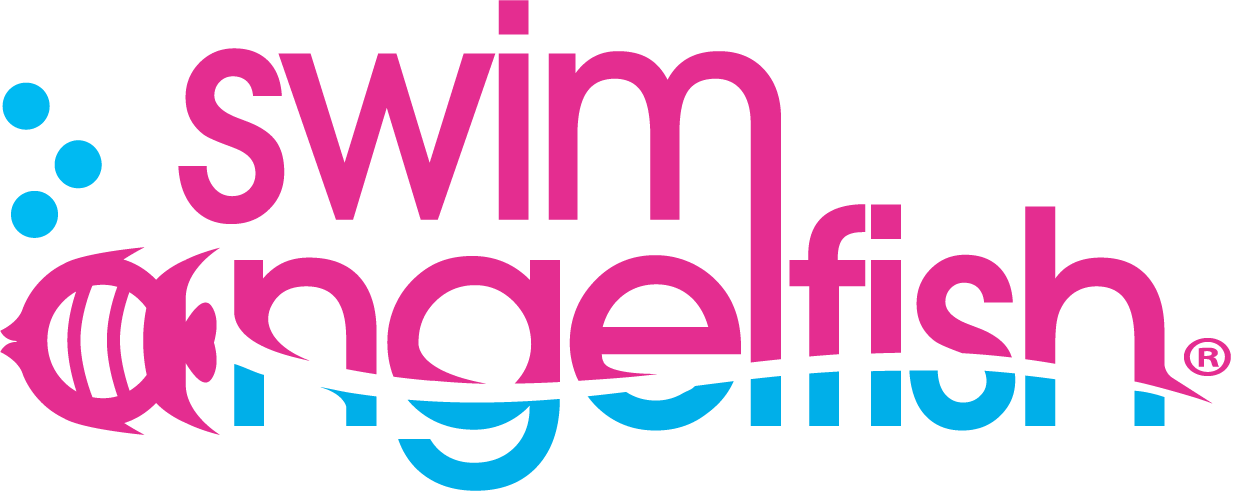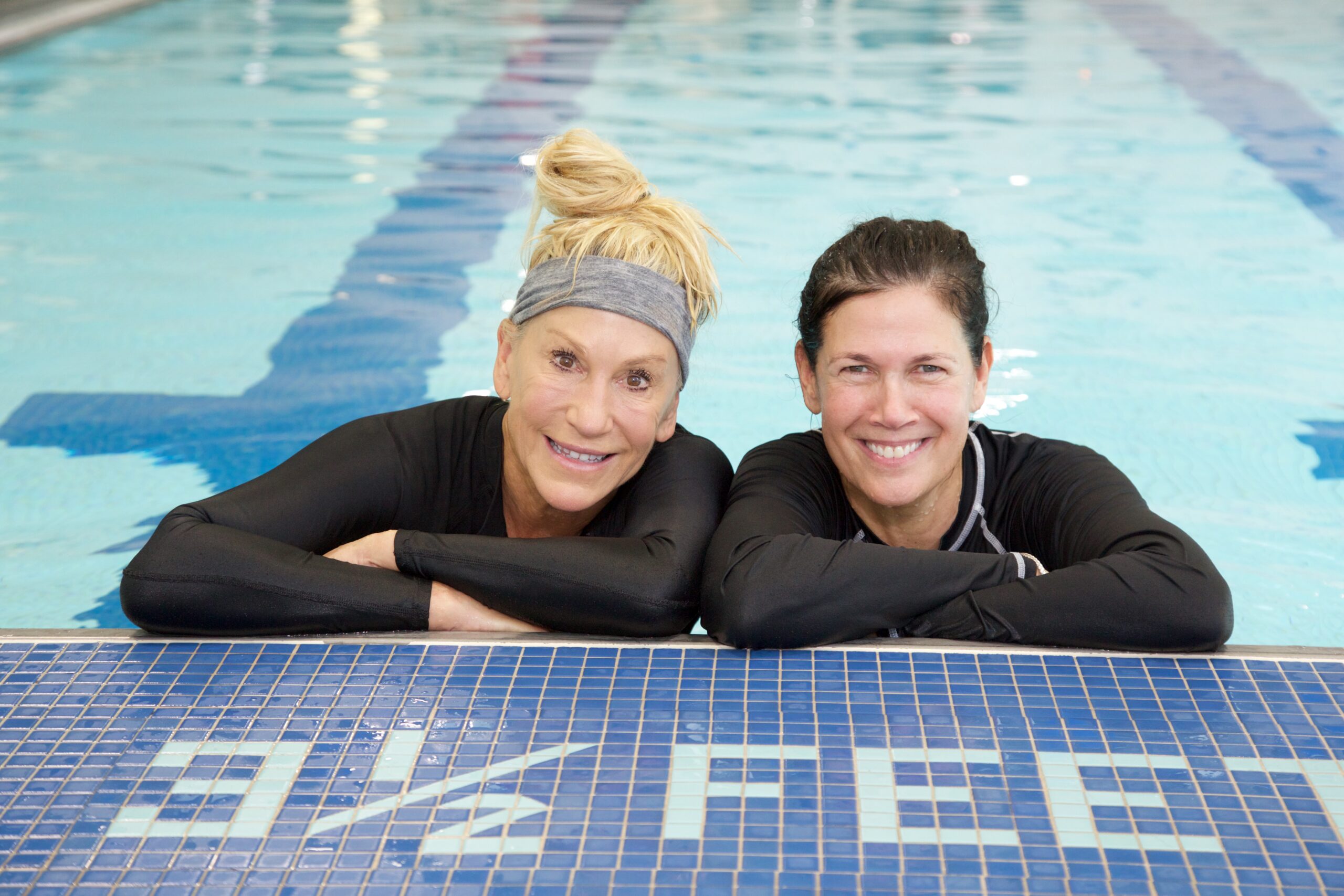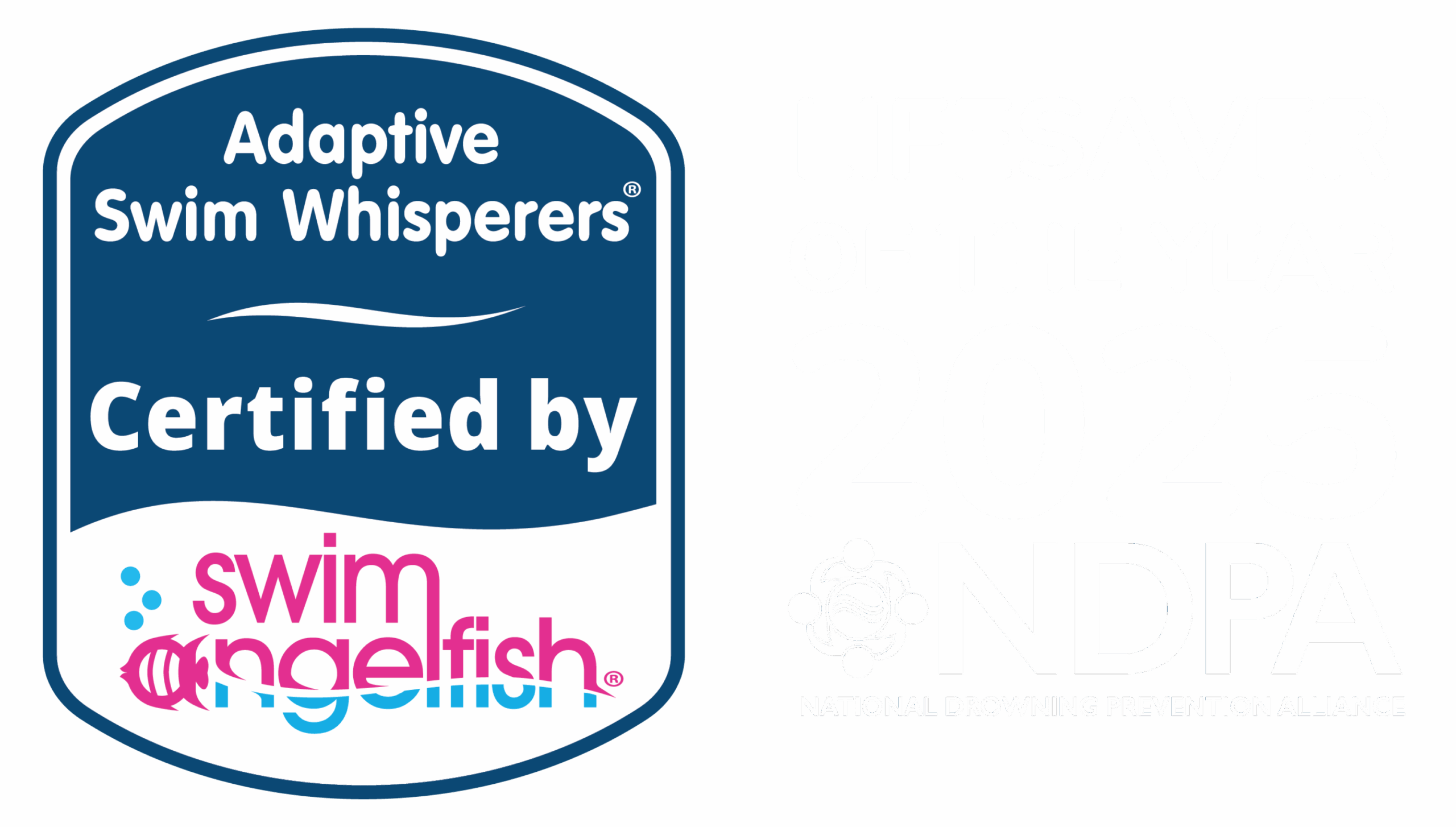Winter Wonderland in the Water
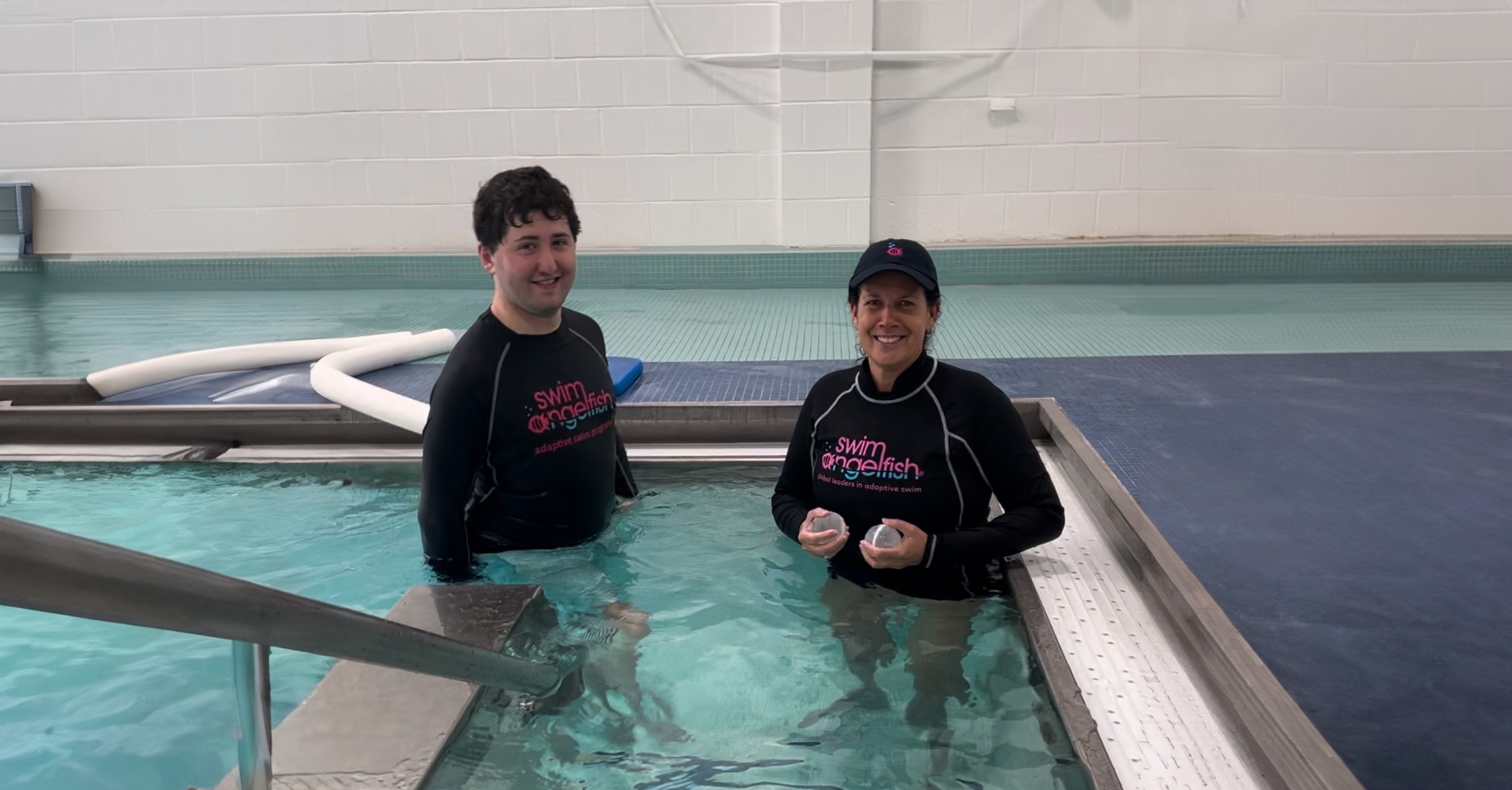
Winter is a magical time of year, filled with snow, ice, and cozy fires. While the cold weather may limit outdoor activities, it doesn’t have to slow down the fun in the pool! By incorporating winter-themed activities into your aquatic therapy or adaptive swim lessons, you can keep your clients engaged and excited, all while working on important skills.
One creative way to bring the winter wonderland indoors is by using reusable water balloons as snowballs! If you haven’t heard of these before, they are made from silicone and feature a magnetic closure that allows them to easily open on impact.
These versatile tools can be used to target a variety of skills, from motor planning and coordination to social interaction and sensory exploration.
We call this sno-wimming instead of swimming and our clients have a blast! Get ready to have fun with these five engaging winter-themed activities that you can incorporate into your aquatic therapy or swim lessons.
Snowball Toss
Improve your balance and coordination with this fun wintery workout. Ask your swimmer to stand in a stable position with one foot on a step and one on the floor. Have them hold two water balloons like snowballs. Challenge them to twist or rotate their body to throw the “snowballs” at a target.
Snowball Shield
For swimmers nervous about getting their face wet- try a snowball fight in the pool. This “Snowball Shield” activity can be a fun and effective way to introduce water to the face in a controlled and playful way. Participants can hold a kickboard in a standing position to block water balloons (snowballs) from hitting their face. While unexpected splashes may occur, this activity is a great way to introduce water on the face. It provides a sense of control for the swimmer and should help them gradually build confidence with getting water on their face.
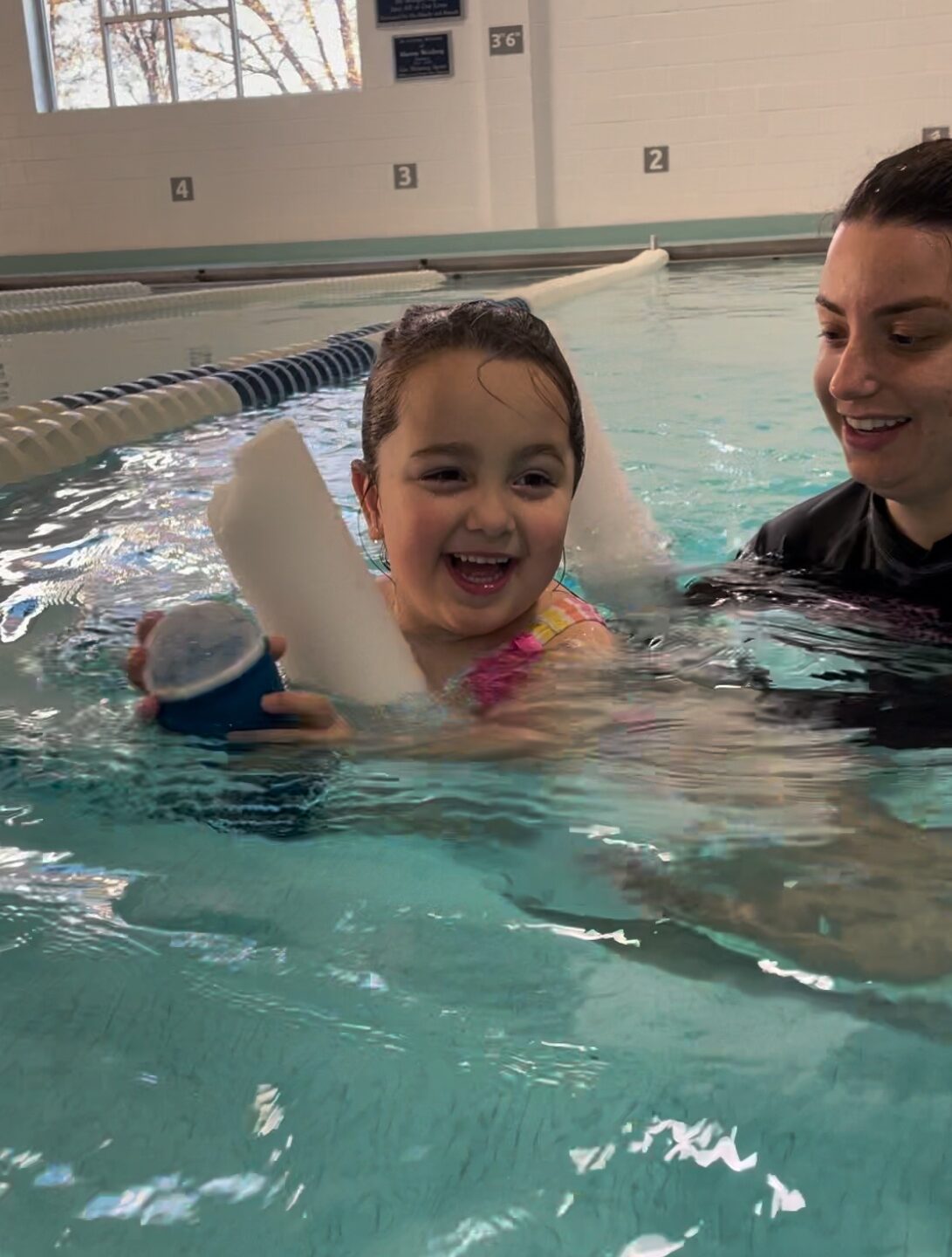
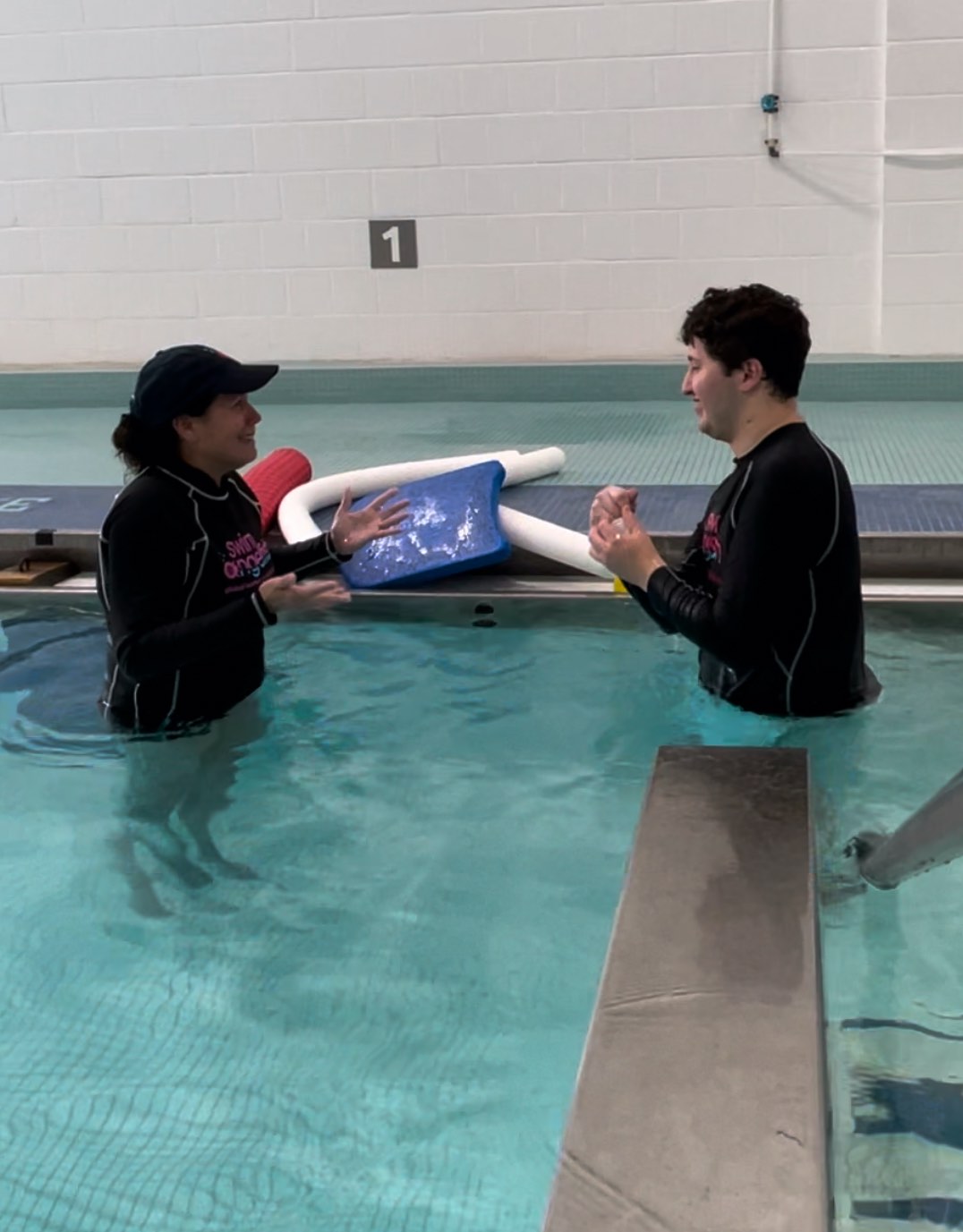
Snow Cone Race
Looking to work on dynamic balance and core strength? Ask your swimmer to sit on a noodle like a horse while holding the the water balloon on a cone or in a cup. Encourage your swimmer to run (with the noodle still between their legs) holding the midline and balancing the ‘snow cone’ with two hands.
Hold A Snowflake
For swimmers who tend to keep their hands fisted as they swim, a gentle ‘snowflake’ water balloon exercise may be just the treat! By supporting the swimmer’s body and having them gently hold a water balloon in each hand, they’ll naturally practice a cupped hand position. What is extra special about this activity is that they will gently keep their hands in a cupped position without popping the water balloon as they work on freestyle arms!
These activities are ideal for warming up an adaptive swim team and can be tailored for semi-private or private lessons/aquatic therapy.
